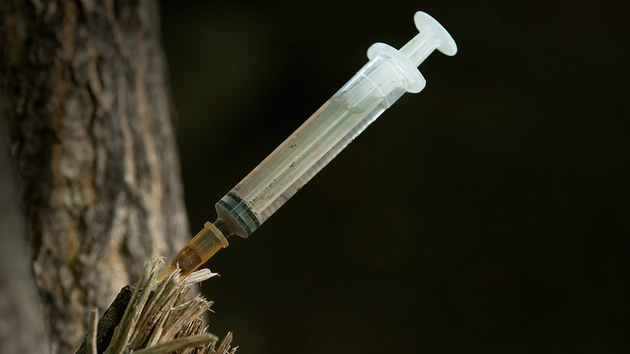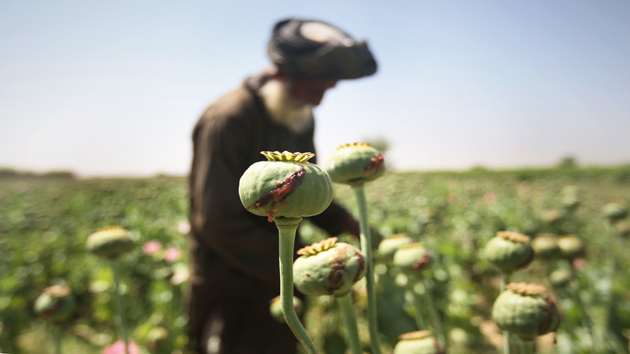
<a href="https://flic.kr/p/8tz3Ut">Thomas Marthinsen</a>/Flickr
A decades-long surge in heroin use has left behind a trail of overdose victims. A Centers for Disease Control and Prevention report released this week found that the number of heroin overdoses quadrupled from 1,842 in 2000 to 8,257 in 2013—with a significant boost among people between the ages of 18 and 44, particularly white men.
Dr. Len Paulozzi, a medical epidemiologist who studies drug overdoses at the CDC’s Injury Center, says that both the growing availability of heroin nationwide and the shift among prescription drug users to heroin use may have contributed to the dramatic rise in deaths. “Thirty years ago, people snorting heroin never used OxyContin or Vicodin before” using heroin, says Paulozzi, who did not contribute to the CDC report. But now the drug’s abusers start with prescription drugs, he says, turning these meds into gateway drugs. A National Survey on Drug Use and Health study found that heroin abuse was 19 times higher among people who had previously abused pain relievers.
The increase in overdoses follows a federal crackdown on prescription painkillers, beginning toward the end of the Clinton era and lasting through the Bush administration, that resulted in a rash of arrests for illegal use during the mid-2000s. While the rate of deaths involving prescription painkillers like OxyContin appears to have leveled off, heroin overdoses have risen 348 percent. Most of the deaths occurred after 2010. That year, a new tamper-resistant form of Oxy hit the market, making it less potent and harder to abuse.
The rate of heroin deaths accelerated among people between the ages of 18 and 24, from 0.8 deaths per 100,000 people in 2000 to 3.9 deaths per 100,000 in 2013. For people between 25 and 44 years old, the rate jumped from 1.3 deaths per 100,000 people in 2000 to 5.4 per 100,000 in 2013. Among young and middle-aged white people, that death rate reached 7.0 per 100,000 by 2013.
The CDC report also highlighted the stark gender and regional disparities among those who overdose. Deaths among men from heroin overdoses were four times higher than those among women between 2000 and 2013. While heroin overdoses increased throughout the country, the greatest number occurred in the Northeast and Midwest. In those regions, particularly near cities, the Justice Department observed the illicit drug as a rising threat—especially given the reported spike in the use of fentanyl, a synthetic opioid some 30 times more potent than heroin.
According to the Washington Post, the Justice Department predicted the emerging trend in 2002: “As initiatives taken to curb the abuse of OxyContin are successfully implemented, abusers of OxyContin…also may begin to use heroin, especially if it is readily available, pure, and relatively inexpensive.” A flood of heroin from Mexico, the world’s third-largest opium producer, also factored into the drug’s availability in the United States. In 2013, the Drug Enforcement Administration seized 2,196 kilograms of powder and black tar at the US-Mexico border, a nearly 160 percent bump from 2009.














